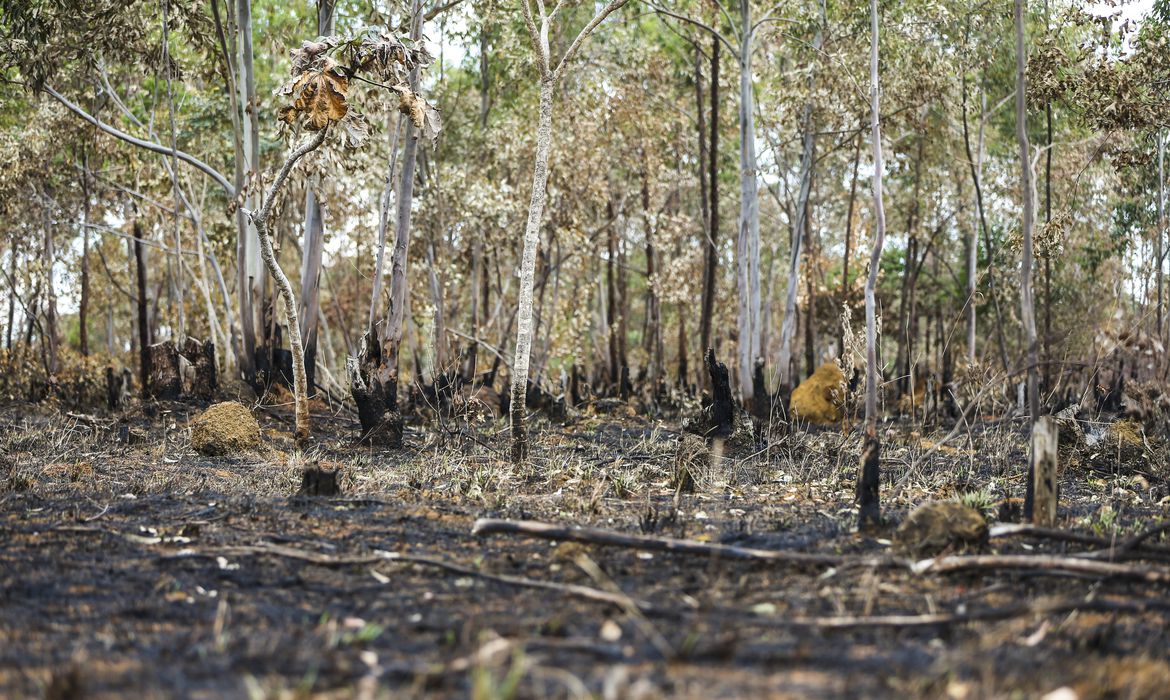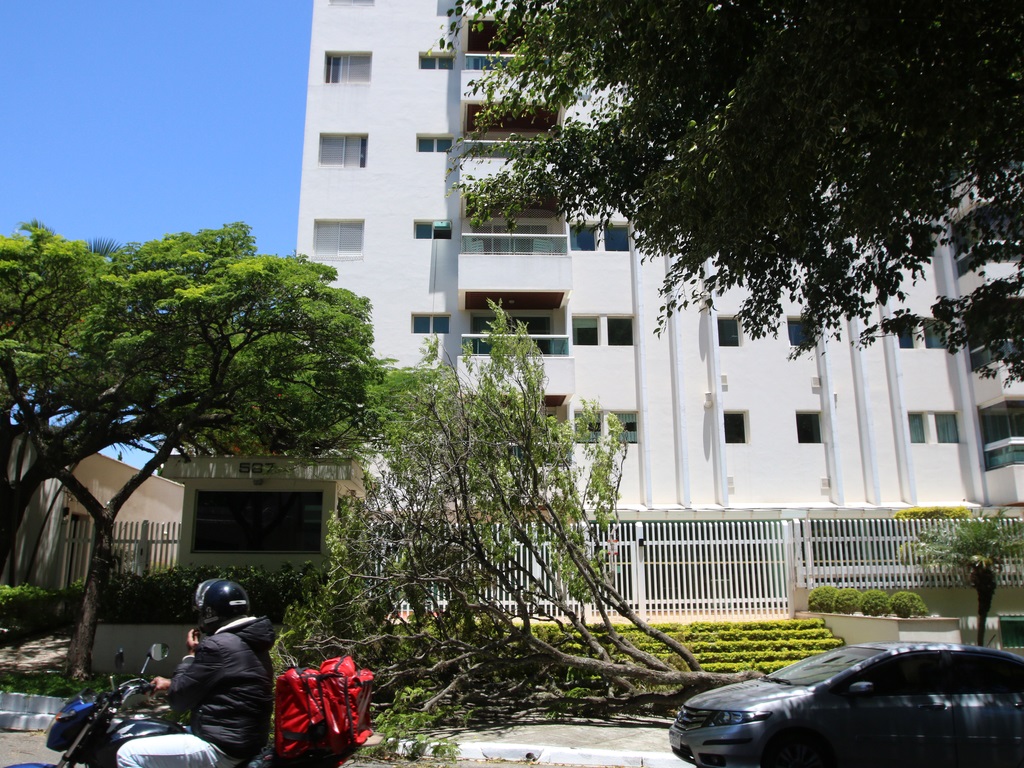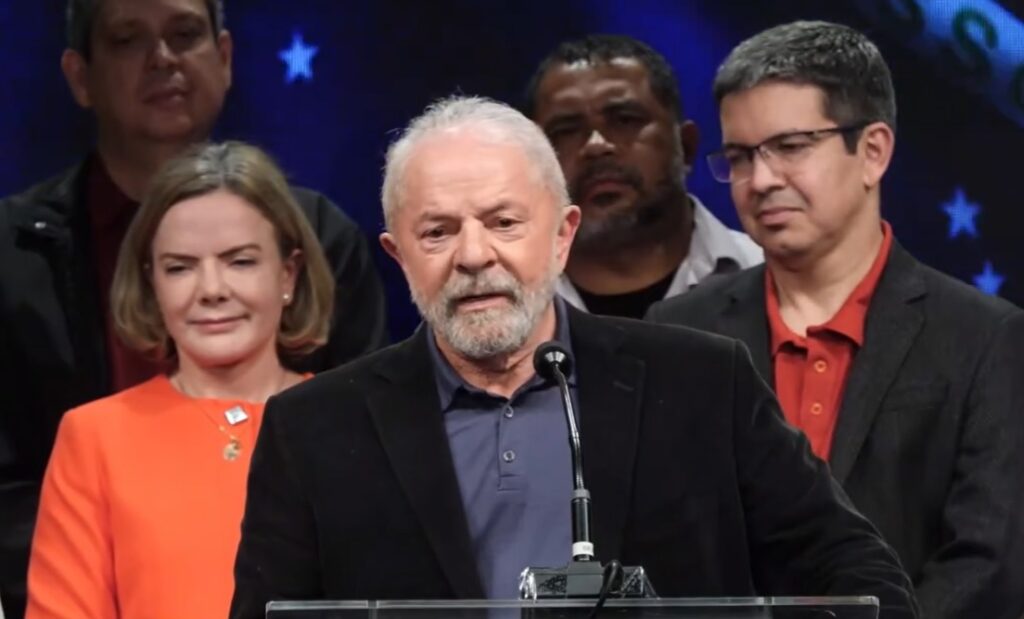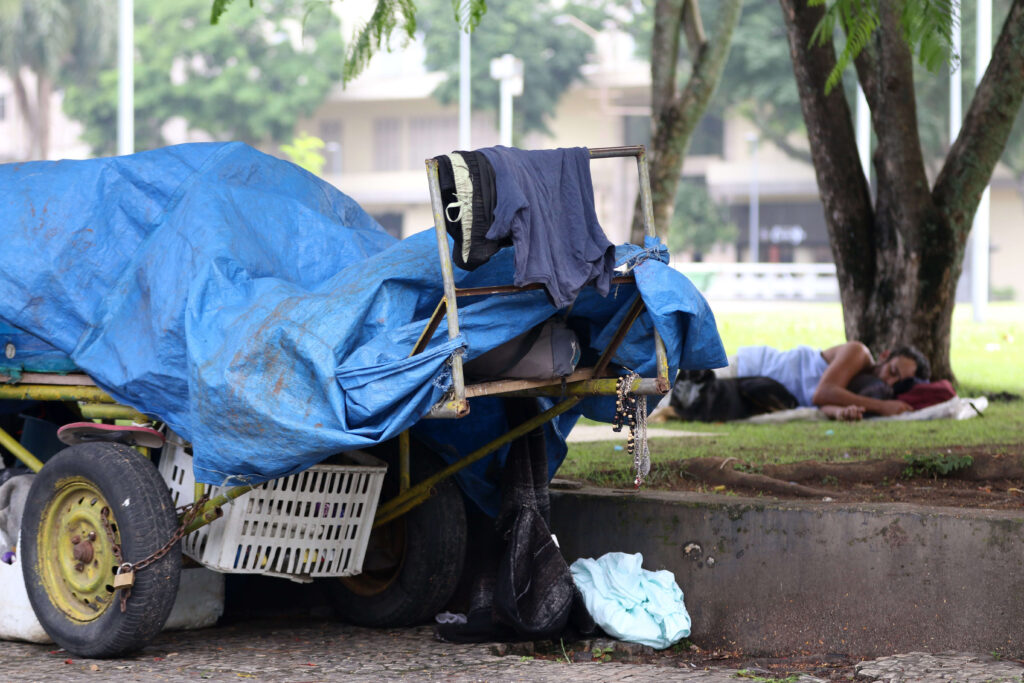São Paulo, Brazil – Deforestation dropped in the Amazon rainforest between January and April 2023 compared to the same period last year. However, there has been an increase in deforestation in the Cerrado, the second largest biome in Brazil, according to data from the National Institute for Space Research (INPE), a federal institute dedicated to research and space exploration.
INPE reported that the Amazon lost 1,132.45 square kilometers (km2) of forest in 2023, an area 41% smaller than that measured between January and April last year (1,967.69 km2), but equivalent to the deforestation that occurred in 2021 (1,153.27 km2) and 2020 (1,204.15 km2).
Deforestation in the Cerrado between January and April 2023 was the highest in the last five years, reaching 2,133 km2. The number is 14.5% higher than that recorded in the same period last year (1,886 km2). Considering only the month of April, deforestation alerts in the Cerrado are 31% higher in 2023 compared to 2022.
For the environmental protection NGO WWF-Brasil, the result in relation to the Amazon may indicate a reversal in the trend of forest destruction, but it is still too soon to know whether this change will become a trend or if it was just a one-off drop in deforestation.
“We received the numbers as a positive sign, but unfortunately we still cannot speak of a downward trend in deforestation in the Amazon. The numbers are still at a very high level and the dry season, favorable to deforestation, has not yet started,” said WWF-Brazil Conservation Manager Mariana Napolitano.
According to Napolitano, enforcement measures need to be consolidated to ensure that destruction rates continue to fall. “We need initiatives such as encouraging a green economy, the creation of protected areas and the demarcation of indigenous lands.”
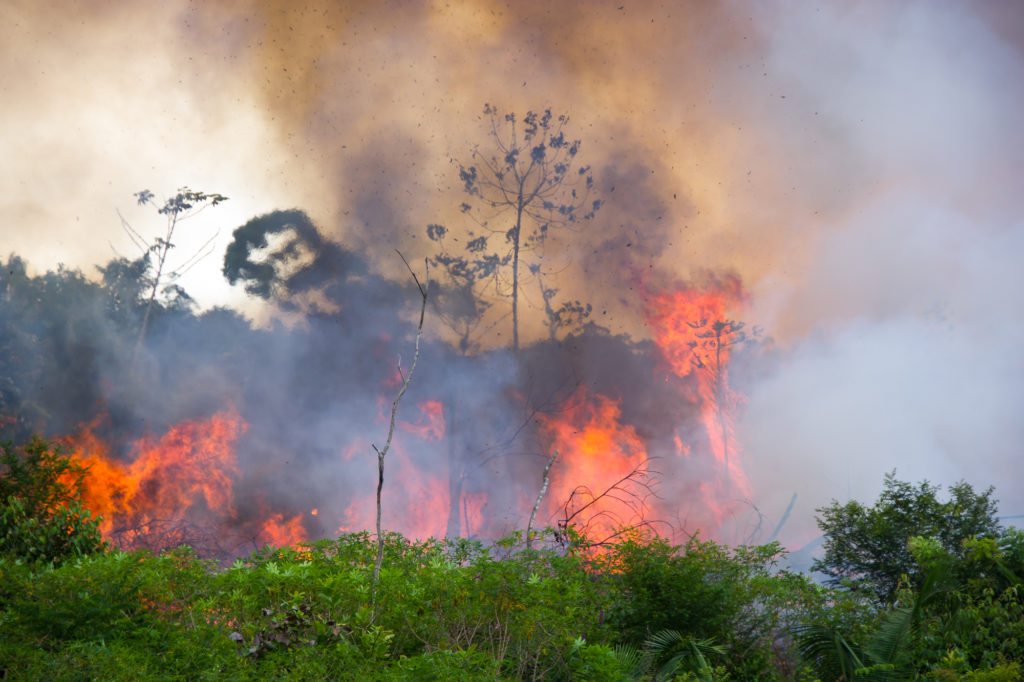
The situation in the Cerrado, a tropical savanna in eastern Brazil that spans 11 states, is considered very worrying by the WWF-Brasil. About 80% of the deforestation alerts occurred in areas of the so-called “Matopiba,” between the northeast and the north, a region that is currently the main frontier of agricultural expansion in Brazil and one of the largest fronts of destruction of biomes in the world.
“Between January and April, the Cerrado lost 2,133 km2. Unfortunately, this number is in a context of continuous and growing destruction that has been going on for a long time. This devastation has already consumed half of the biome, which is heavily pressured by agricultural activities,” said Edegar de Oliveira, Director of Ecosystem Conservation and Restoration at WWF-Brazil.
Oliveira says that despite all the attention on the Amazon, authorities mustn’t forget that the main river basins in the country originate in the Cerrado. “Deforestation threatens the water security in the country and especially the agricultural sector that needs a safe rainfall system to maintain its productivity.”
In recent decades, the Cerrado has lost more than 50% of its original vegetation cover. The biome is primarily responsible for the country’s water security, as it has important hydrographic basins and the largest water supply reservoirs for big cities.
Extreme poverty
In addition to deforestation, Brazil also faces environmental threats linked to extreme weather events, such as droughts and floods. According to the World Bank’s Report on Climate and Development for Brazil, climate-related events could push 800,000 to 3 million Brazilians into extreme poverty by 2030.
According to the study, which evaluates policies and options for the country to meet its climate and development goals, droughts and floods in cities cause losses of R$ 13 billion (USD $2.6 billion) a year.

For Stephane Hallegate, consultant on Climate Change at the World Bank and co-author of the report, Brazil has many inequalities and the poor are already more exposed to the risk of disasters and climate change. However, the scenario can be reversed with investment.
“Investing in people and infrastructure in less developed areas is important to make this low-income population more resilient. This will help them out of poverty and contribute to the country’s economic growth,” he said.


